| Umělec magazine 2002/3 >> Shadow plays in Linz (Ars electronica) | List of all editions. | ||||||||||||
|
|||||||||||||
Shadow plays in Linz (Ars electronica)Umělec magazine 2002/301.03.2002 Denisa Kera | media | en cs |
|||||||||||||
|
"This year’s Ars Electronica Festival in Linz, Austria, was surprising not only for the serious and engaged art it offered — implicit in the subtitle “Unplugged” in reference to Africa and the third world — but also for the sheer number of projects that attracted the public with their light and playful nature.
Hits this year included machines and applications intended for shadow play, but with none of the latest technological sensations getting in the way. These works served only to entertain and find new possibilities to play with any technology and situation. However their simplicity and imagination transformed what are often complex matters or boring habits into space for experimentation and surprise. Paradoxically, it was the ordinary shadow play Body Movies by Rafael Lozano-Hemmer (www.lozano-hemmer.com) which was the most successful with audiences. This work turned a walk across the main square in the city of Linz into a memorable experience and good fun for all passers-by. With simple equipment images and light were projected on a screen covering 1,000 square meters of space, allowing people to play with their own shadows and images on the screen. Body Movies used one of the oldest technologies of entertainment — shadow theater — and simply added the collaborative and open features typical of today’s technologies. Users supplied the drama themselves on the screen, which covered the Linz city hall, as they decided how their shadows would interact while exploring the projected images on screen. The heights of the shadows ranged between two and 20 meters, depending on how far people were standing from the source of light. The play of light and shadow, reality and image, large and small, inspired viewers to produce unbelievable theatrical and pantomime performances. At the same time it allowed them to change their habits and interact with strangers. A boring walk thus became a real adventure in which shadows and images fought or intertwined, creating entire story lines. These moving pictures made of human bodies and their movements were in fact a parody of Plato’s cave metaphor and the myth of confusing illusion for reality. Suddenly the illusion-shadows became more real than our everyday lives and bodies, which were ambulating around the town square. All the possibilities inherent within the shadow play became the inspiration that provoked creative and authentic expression on the giant screen. For at least a moment ordinary people became the heroes of epic comedies and tragedies. The shadows helped people discover their hidden fantasies and dreams, something most don’t experience in ordinary life “under the sun.” In fact this simple idea changed the square into a real theater of the world. Another project that explored the shadows was Tool’s Life by the group minim++. On a table under moonlight viewers discovered the hidden life of objects of everyday use, objects we use daily. Once again these were represented as shadows that projected what these objects were dreaming about, what they were afraid of and what other unimaginable functions they might have. When you touched the objects, their shadows related entire tales right there on the table. The objects simply came to life and took on unexpected meanings: a pretty flower grew out of a salt box; an alarm clock rang and shadows of numbers and letters marched from within it; a faucet painted the table blue; touching a bowl of sugar caused ants to charge from every direction; a bird suddenly landed on a hammer and sang out; smoke wafted from an ashtray. And that was only the beginning. Like the human bodies in Body Movies, the objects dancing shadows at some point stopped being only copies — in fact they became more real than the objects themselves. They showed hidden desires and dreams, and animated them. Shadow play became a means of liberating and transforming dead and boring objects into live and creative ones. Shadows and new technologies blended in Re:mark and The Hidden World of Noise and Voice, two projects by Goland Levine and art groups. Re:mark was a project representing the human voice, particularly the moment noise becomes a word entering into communication, i.e. system of signs. This project was in fact a certain phonographic machine for representing the voice, a shadow system of “writing,” which, unlike ordinary script, used moving shadows. Visitors could try out the machine by speaking into a special microphone. The system was capable of recognizing whether it was a noise, a vowel or an entire word, and then it represented it in shadows. In The Hidden World of Noise and Voice, the other shadow project Levin participated in, special 3-D objects similar to shadows that represented expressive elements of voice, turned words into unique events in themselves, voice being understood here as energy rather than sign. In this project communication among people was transformed into an intense visual experience. Using special data-glasses, a group of six people sat around a table keeping track of sounds as they were transformed into moving objects. Voices took on shape and color as the participants’ conversation turned into painted scenes or animation. All the shadow projects at Ars Electronica linked ancient and original forms of entertainment with the latest technologies to compare the sensations and joys that such games have offered throughout the centuries. The origin of contemporary media and visual culture lies in theater of shadows. Bringing together shadow and electricity has in fact helped us understand the long journey we have traveled in order to finally return to an ancient form of presentation and entertainment, one our ancestors enjoyed in caves: shadows. "
01.03.2002
Recommended articles
|
|||||||||||||
|
04.02.2020 10:17
Letošní 50. ročník Art Basel přilákal celkem 93 000 návštěvníků a sběratelů z 80 zemí světa. 290 prémiových galerií představilo umělecká díla od počátku 20. století až po současnost. Hlavní sektor přehlídky, tradičně v prvním patře výstavního prostoru, představil 232 předních galerií z celého světa nabízející umění nejvyšší kvality. Veletrh ukázal vzestupný trend prodeje prostřednictvím galerií jak soukromým sbírkám, tak i institucím. Kromě hlavního veletrhu stály za návštěvu i ty přidružené: Volta, Liste a Photo Basel, k tomu doprovodné programy a výstavy v místních institucích, které kvalitou daleko přesahují hranice města tj. Kunsthalle Basel, Kunstmuseum, Tinguely muzeum nebo Fondation Beyeler.
|







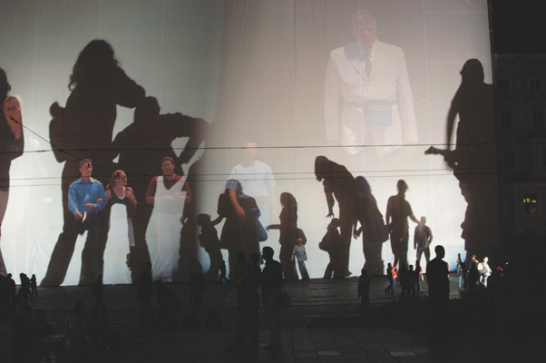
















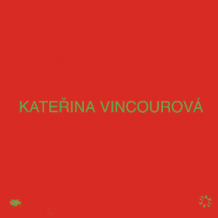




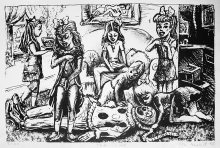
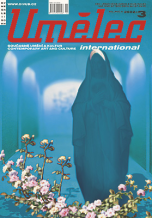
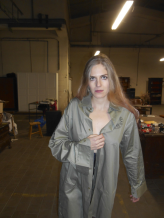
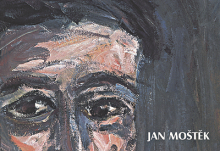


 New book by I.M.Jirous in English at our online bookshop.
New book by I.M.Jirous in English at our online bookshop.
Comments
There are currently no comments.Add new comment